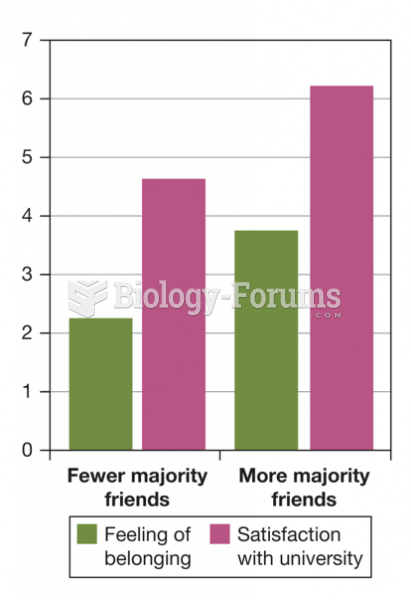Answer to Question 1
Correct Answer: 1
Rationale 1: Laughing inappropriately at sad events is a symptom of a psychotic episode.
Rationale 2: Tremors and contraction of the extremities, drooling, and eyes rolling back in the head are signs of a seizure.
Rationale 3: Tremors, palpitations, diaphoresis, and tachycardia are signs of an anxiety attack.
Rationale 4: Lack of energy, sleepiness, inability to concentrate, and inability to perform activities of daily living are signs of depression.
Global Rationale: Laughing inappropriately at sad events is a symptom of a psychotic episode. Tremors and contraction of the extremities, drooling, and eyes rolling back in the head are signs of a seizure. Tremors, palpitations, diaphoresis, and tachycardia are signs of an anxiety attack. Lack of energy, sleepiness, inability to concentrate, and inability to perform activities of daily living are signs of depression.
Answer to Question 2
Correct Answer: 4
Rationale 1: The client has symptoms suggestive of depression, but positive symptoms of schizophrenia would include such actions as hallucinations, delusions, and disorganized thoughts.
Rationale 2: Post-traumatic stress syndrome presents with symptoms such as hallucinations and anxiety.
Rationale 3: Lack of sleep can cause a person to be sleepy and sluggish, but should not diminish desire to carry out normal activities of daily living.
Rationale 4: The client has symptoms suggestive of depression and the negative symptoms of schizophrenia.
Global Rationale: The client has symptoms suggestive of depression and the negative symptoms of schizophrenia. Positive symptoms of schizophrenia would include such actions as hallucinations, delusions, and disorganized thoughts. Post-traumatic stress syndrome presents with symptoms such as hallucinations and anxiety. Lack of sleep can cause a person to be sleepy and sluggish, but should not diminish desire to carry out normal activities of daily living.





